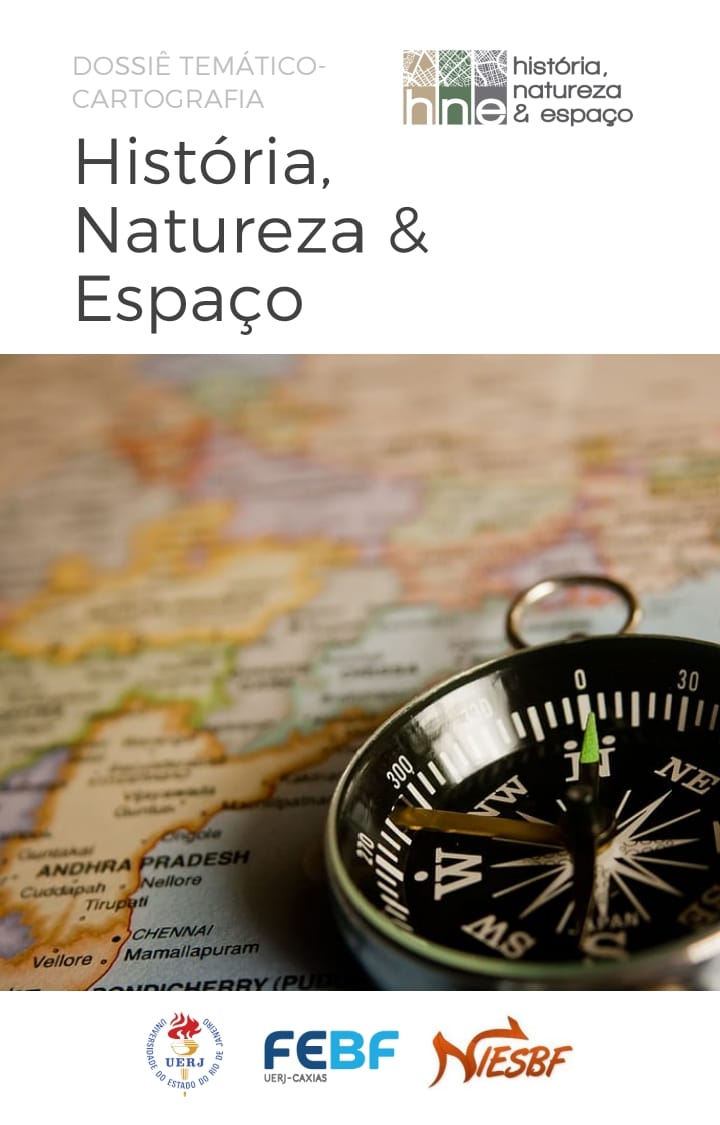CARTOGRAFIA ESCOLAR MULTI(GEO)MODAL
ESTRATÉGIAS PARA COLOCÁ-LA EM PRÁTICA
DOI:
https://doi.org/10.12957/hne.2023.79970Abstract
The relationship between School Cartography, Multiple Intelligences, Multimodality and Neurosciences proves to be very relevant to the current context, as it helps in understanding how the learning process occurs and how to think about different activities, highlighting cartographic and central concepts for the teaching of Geography. Thus, this work aims to present the methodological procedures for making maps, thought through the bias of Multiple Intelligences and Neurosciences, which had as one of the products the concept of “Multi(Geo)Modal School Cartography”. The planning and execution of student-centered activities, using a multitude of languages and with different insertions, subjective questions linked to the range of Multiple Intelligences and Neuroscience principles that make it possible to understand how human beings learn and store information, end up being points facilitators of the teaching-learning process. Thus, the proposed concept is characterized by the use of different (Geo)Technological tools that promote the teaching-learning process in Geography, through the spatial perspective, with the use of analog and digital resources, linked to the multiplicity of languages. These elements promote learning in different ways, due to the high proportion of stimuli, mobilizing their MI, in addition to the fact that the contents are related and allow the rescue and application in other disciplines (interdisciplinarity) and are contextualized with activities and information from their everyday life, providing their concentration during the explanation.
Downloads
Downloads
Published
How to Cite
Issue
Section
License
Copyright (c) 2023 Maurício Rizzatti, Elsbeth Léia Spode Becker, Roberto Cassol

This work is licensed under a Creative Commons Attribution-NonCommercial-NoDerivatives 4.0 International License.
Direitos Autorais para artigos publicados nesta revista são do autor, com direitos de primeira publicação para a revista. Em virtude da aparecerem nesta revista de acesso público, os artigos são de uso gratuito, com atribuições próprias, em aplicações educacionais e não-comerciais.
